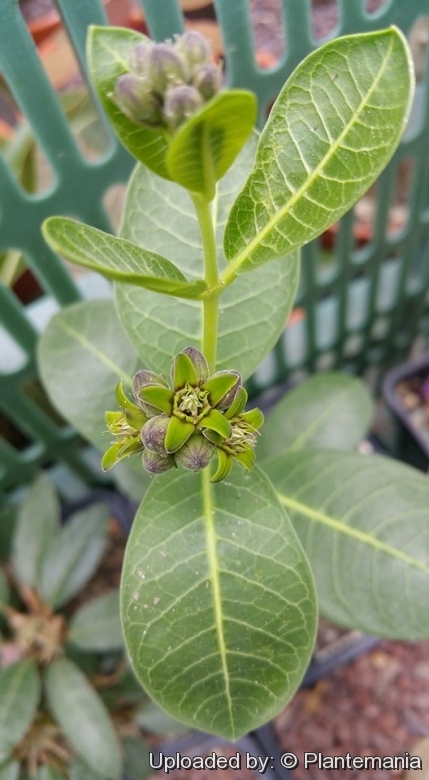




Your support is critical to our success.
- Encyclopedia of SUCCULENTS
- Encyclopedia Index
- Families
- Genera
- Species
- Asclepiadaceae
- Raphionacme
- Caudiciforms
Since 4 Aug 2013

Origin and Habitat: KwaZulu-Natal in South Africa, and Mtunzini to Maputo in Mozambique.
Habitat and Ecology: Raphionacme lucensSN|33649]]SN|33649]] grows in the Indian Ocean Coastal Belt in Coastal grassland on sandy coastal flats. It known from fewer than five locations in South Africa and potentially threatened by pine plantations and urban expansion. It has a good dispersal ability and potential to recolonise from subpopulations in Mozambique. The underground storage organs (caudices) of R. lucens are common in frequently burnt grassy vegetation, and facilitate rapid post-burn sprouting.
Synonyms:
- Raphionacme lucens Venter & R.L.Verh.
RUSSIAN (Русский): Рафионакме блестящая
Description: Raphionacme lucensSN|32363]]SN|33649]] is a perennial caudiciform asclepiad with herbaceous, annual spreading stems arising from a swollen underground or exposed, rootstock (caudex) variable in shape and size. It belongs to the section Cephalacme K. Schum. which also includes Raphionacme galpinii and Raphionacme globosaSN|33649]]SN|32363]]. All three species are erect, single- or few-stemmed geophytes with structurally similar flowers, especially with regard to the tri-segmented corona lobes. R. lucens is distinguished by its glossy, coriaceous, divaricately veined, normally elliptic leaves and the citron green flowers.
Bibliography: Major references and further lectures
1) Domitilla Raimondo “Red list of South African plants 2009” South African National Biodiversity Institute, 2009
2) Venter, H.J.T., Nicholas, A., Scott-Shaw, C.R. & Victor, J.E. 2009. Raphionacme lucens Venter & R.L.Verh. National Assessment: Red List of South African Plants version 2015.1. Accessed on 2017/01/26
3) Venter, H.J.T. “Raphionacme lucens (Periplocaceae), a new species from South Africa and Mozambique”. S. Afr. J. Bot. 54 (6): 607-610. Venter, H.J.T.. &Verhoeven, R.L., 1988. http://www.sciencedirect.com/science/article/pii/S0254629916312613
4) William J. Bonda, Catherine L. Parr “Beyond the forest edge: Ecology, diversity and conservation of the grassy biomes” Biological Conservation 143 (2010) 2395–2404
Cultivation and Propagation: In cultivation the plants are usually grown in semi shade, with the tubers wholly or (preferably) partially exposed to prevent scorching and rotting of the roots. This plant can take a good deal of water during active growth and should be watered only when not dormant. Keep dryish in winter. It should be overwintered in the greenhouse at temperatures over 12°C (avoid letting temperatures drop lower than 5° C). Use a very draining but rich soil. An error in cultivation may produce unsightly holes in the tuber.
Food uses: This species has a large edible tuber. In West Africa the tuber and fruits are mainly eaten as a famine food. The flesh consists largely of carbohydrate matter.
Reproduction: This species can be reproduced by seeds.
| Your Actions | |
|---|---|
| Back to Raphionacme index | |
| Back to Asclepiadaceae index | |
 |
Back to Succulents Encyclopedia index |
Privacy stantement - Terms and conditions - How to cite - About us - Feedback - Donate



